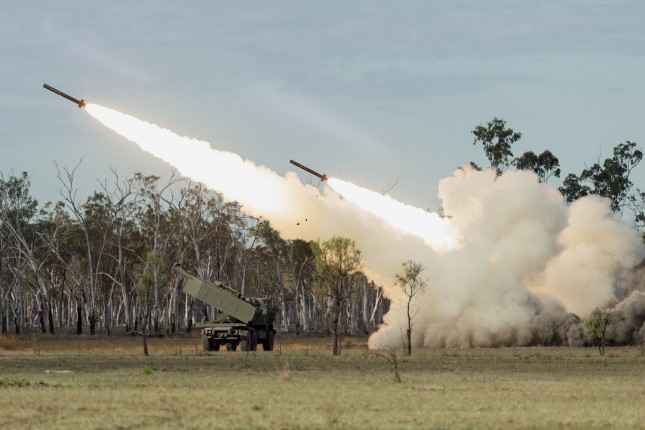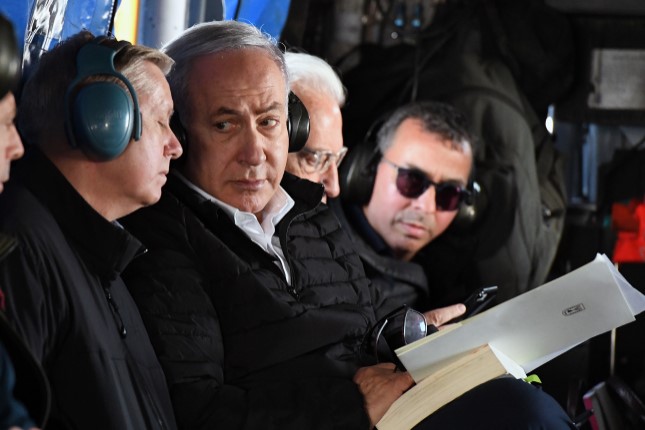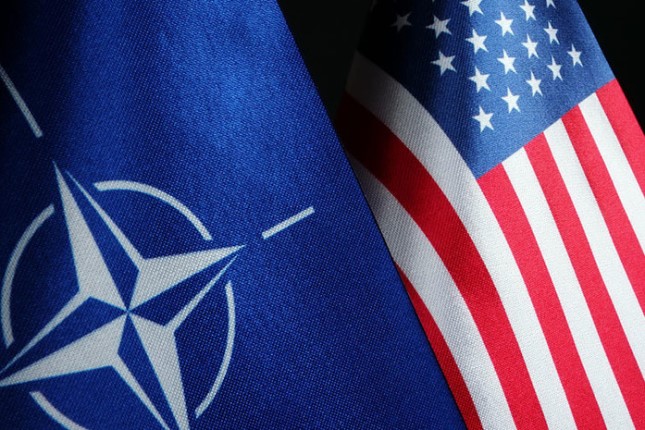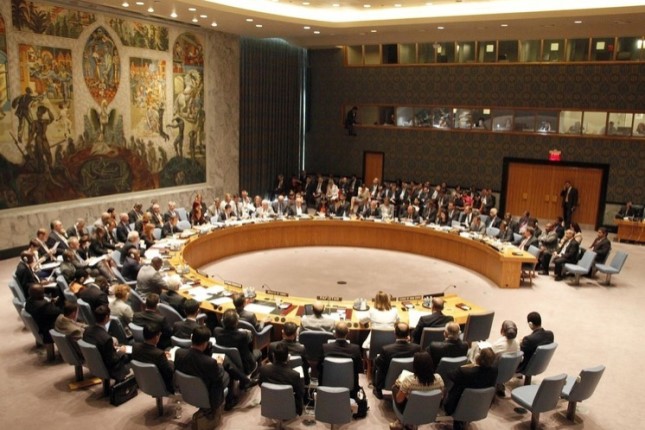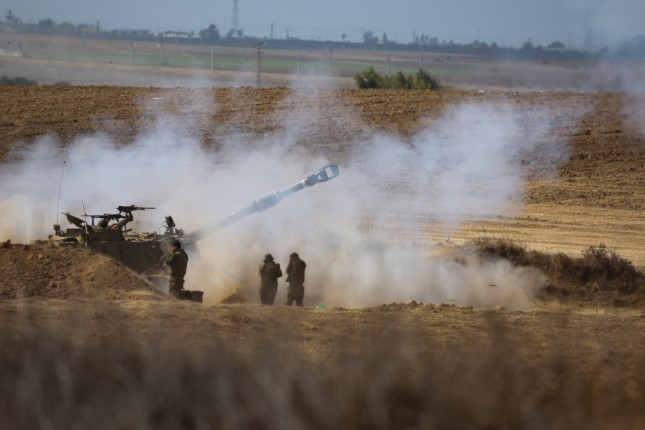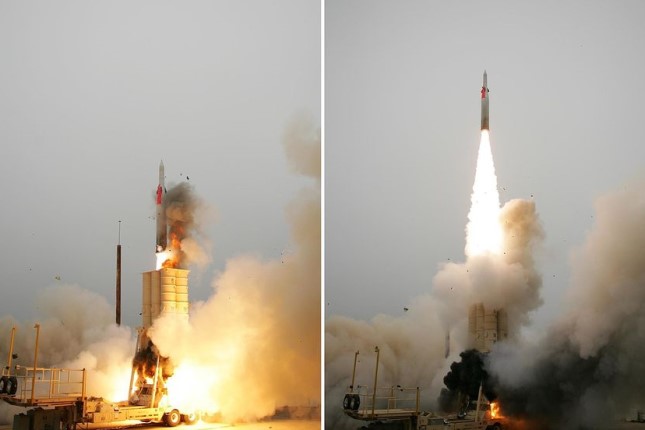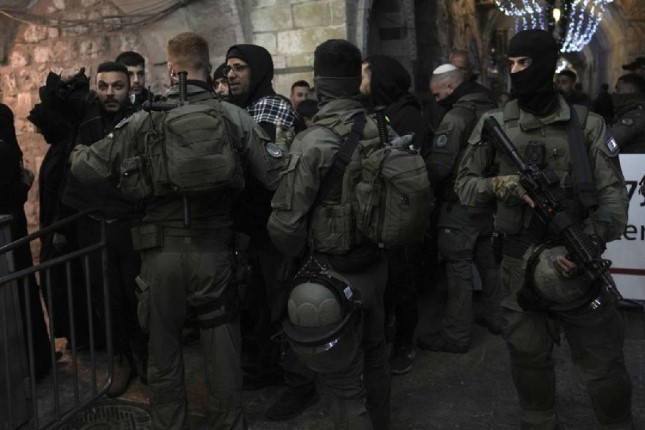The biannual Talisman Sabre Australian military exercises concluded over the weekend. With over 34,000 personnel participating from 14 nations, the war games had the character of a massive military operation.
The WSWS has already noted the scope of the exercises, which were far and away the largest in the country’s history. Significantly, they involved new nations, such as France and Germany, underscoring the push by NATO powers into the Indo-Pacific as the US-led confrontations with Russia and China become meshed into a single conflict.
As is always the case with such exercises, the public is provided with minimal information. What has been released is of a promotional character. Behind the banalities, however, enough material has come out to brand the exercises as a disturbing preparation for war against China on a vast scale, one which claimed four lives and included the use of advanced weaponry, along with urban warfare exercises that can only be interpreted as a threat to the population.
The videos of the exercises, posted on Facebook, make clear that what were being trialled were aggressive capabilities. Even a pretense of “defence” was lacking. Firepower, strike capabilities and frightening raids were all portrayed as part of a broader push to present the military as being capable of “impactful projection” throughout the region.
An article in the Asia-Pacific Defence Reporter, an industry publication, highlighted the scale of Talisman Sabre, as well as the “firsts” that it had entailed.
“More than 17,000 personnel operated in the maritime environment across 27 ships and submarines,” it boasted, and “More than 17,500 deployed in land-based field training areas across Australia’s Top End, between far north Western Australia to Weipa in Queensland, and as far south as Jervis Bay, NSW.”
In total “over 500 individual missions” were “conducted across the North and North West of Australia from more than 50 deployed aircraft to support decisive airpower covering 7,000 kilometres of Australian coastline.”
The Reporter and other hawkish publications particularly highlighted the display of strike capabilities in the exercises.
It noted: “In an Australian-first, the ADF were able to work with our US partners to employ the Army Tactical Missile System (ATACAMS), which successfully fired and struck a long range target. The ATACAMs system is highly mobile and has a range of 300km. This activity demonstrated complex logistical support and coordination between Australian and US forces to employ this system across vast distances as part of a multi-domain strike capability.”
The ATACAMs were fired from High Mobility Artillery Rocket Systems (HIMARS), a mobile launching platform. The HIMARS has played a central role in the US-NATO war against Russia in Ukraine.
In their first Australian trial, the ATACAMs were transported by an American military plane. They were rapidly unloaded on a dirt airstrip. Defence stated: “Within moments of touchdown, the HIMARS proceeded past the runway to its designated firing point and fired the missile before reboarding the [US aircraft] for immediate departure.”
Defence officials presented the capability as a means of defending northern Australia and practising “area denial” in the seas to its north. However, they also emphasised the rapid mobility that was displayed and the potential for broader deployment. Clearly, what was being trialled was a capability that could be dispatched rapidly in the Indo-Pacific, well beyond Australian shores, in the event of a war with China.
The Reporter noted that Japanese forces had conducted their “first live fire of a Japan Ground Self-Defense Force Type 12 Surface-to-Ship and Type 3 Chu-SAM Surface-to-Air missiles in Australia.” South Korea had “deployed its K-239 Multiple Launch Rocket Systems and K-9 ‘Thunder’ Self-Propelled artillery system to Australia for the first time.”
A particular emphasis was also placed on logistical operations that could sustain a war effort. This included trials of air-to-air refuelling of war planes, transporting weapons systems long distances across the Australian mainland, establishing “a temporary three-kilometre-long ship-to-shore petroleum line in North Queensland” and “a 540 metre floating pier at Bowen, Queensland.”
Above all, the exercises were aimed at cementing the geopolitical and military relationships necessary for war.
An article by another industry publication, Aerotech News, explained: “Throughout the 15-day exercise aimed at enhancing interoperability among key allies, U.S. Air Force pilots flew a series of elaborate training missions with their Royal Australian Air Force counterparts, involving multiple fighter, tanker and patrol aircraft.”
The outlet cited US Air Force Captain Christopher Loo, who said: “You’re talking about getting 40 to 50 aircraft all up in the same piece of sky—super complex. It’s all basically practicing how we play. It’s getting us ready for the next big fight because that’s how we force package and how we actually go to war.”
The vast array of fighter jets operated out of the RAAF base in Darwin, together with RAAF Base Tindal near the northern Australian city. Both are key hubs of US-led operations. Late last year it was revealed that they would station US nuclear-capable B-52 bombers. Runways are being upgraded to accommodate the strike capability, while a vast system of jet fuel tanks is also being constructed.
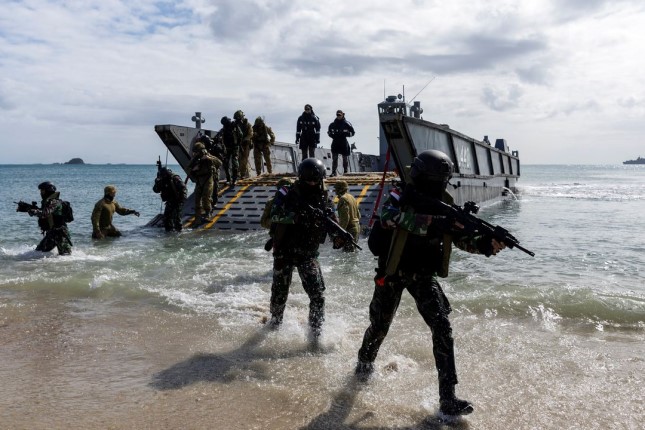
Australian Amphibious Force soldiers and Indonesian National Armed Forces on beach landing training during Talisman Sabre 2023 exercises. Photo: Twitter @AustralianArmy.
During Talisman Sabre, according to Aerotech News, fighter jets also operated out of “bare-bones bases scattered throughout northern and western Australia.” The statement is a disturbing indication of the extent to which a vast swathe of the Australian landmass is being militarised, in preparation for it to play the role of a launching pad for aggressive US-led operations throughout the region.
In addition to deepening the “interoperability” of the US and Australian militaries, which are already heavily integrated, top military figures touted the participation of Pacific and South-East Asian nations. This was aimed at drawing these states away from any relationship with China and towards involvement in a web of US alliances directed against Beijing.
While the population was kept in the dark throughout the Talisman Sabre exercises, their scope guaranteed contact between the military forces involved and the general population.
Among the most disturbing operations was a mock siege of the northern Queensland town of Ingham. One of the few reports on the incident, a blasé account in the local Country Caller publication explained that Ingham had been “reimagined as a small Pacific island nation overrun by an enemy force with insurgents littered throughout the region.” It was consequently stormed by Australian and allied personnel.
“Walking down the street feels more like a movie set than a town centre as heavy armoured vehicles and troops patrol,” the Caller stated. “Actors hide in plain sight carrying out their scripted roles, including snipers on rooftops.”
The activity was highly threatening to the tiny Pacific Island states. They have repeatedly been warned by the US and Australia that any orientation towards China will not be tolerated. When it was revealed in April last year that the Solomon Islands had signed a security pact with Beijing, the US responded by threatening unspecified military action if the deal provided for Chinese basing in the region.
At the same time, the Ingham operation points to the way in which the military is being thrust into the centre of civilian social and political life. Amid explosive anger over inequality and a deepening social crisis, which have resulted in major eruptions of the class struggle abroad, the urban warfare exercises are a clear warning to the working class of repressive measures that are being prepared.
In the middle of Talisman Sabre, an Australian helicopter crashed off the Queensland coast, claiming the lives of four Australian defence personnel. While the circumstances remain unclear, the tragic fatalities underscore the real world implications of what is being rehearsed in military exercises such as Talisman Sabre. In the event of war with China, the death and destruction would be on a vast scale.
Perhaps the most striking aspect of the fatalities was the generally indifferent response of the authorities. Talisman Sabre was paused, but for less than two days. The exercises resumed before the bodies had even been found. Politicians and military commanders shed crocodile tears, but even those did not last long.
Main photo: Missiles being fired during Talisman Sabre exercises in Australia © Talisman Sabre.
Source: World Socialist Web Site.
